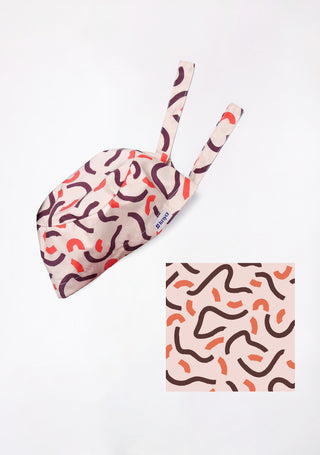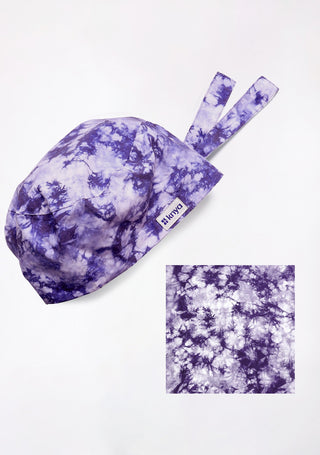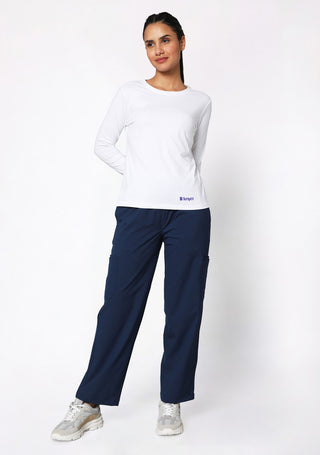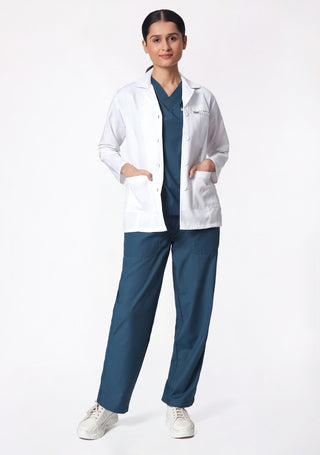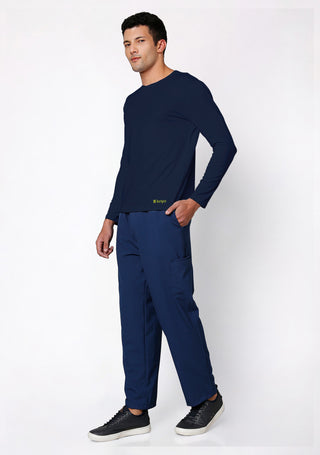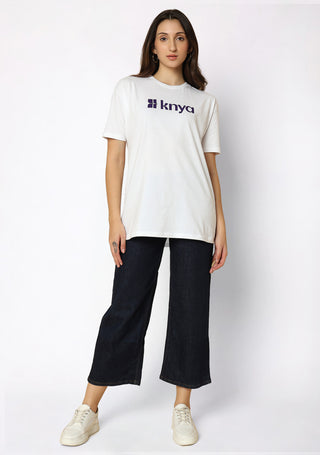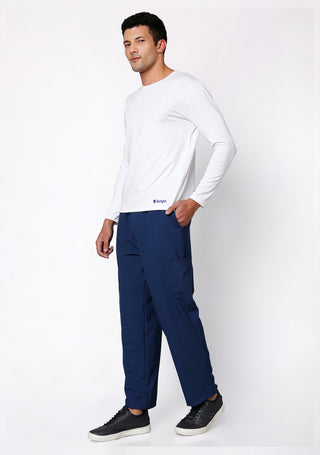You don't have to do trial and error by buying lots of lab coats to find the perfect one. With the right guidance and tips, you can balance between comfort, style, and safety in your lab coat.Remember that your lab coat is not just a garment; it is a reflection of your dedication to your profession and your commitment to providing quality care to your patients.
Finding Comfort without Compromising on Style
One of the key aspects of a lab coat is its comfort. Healthcare professionals often spend long hours on their feet, moving from one patient to another, and a well-fitted, comfortable lab coat can make a significant difference in their daily routine. Here are some tips for ensuring comfort without compromising style in your lab coat:
Fabric Selection
Choose a lab coat made from breathable, lightweight fabric that allows for ease of movement and ventilation. Fabrics like cotton or polyester blends are popular choices as they offer a good balance between comfort and durability. Avoid heavy, stiff fabrics that can restrict your movements and cause discomfort during long shifts.
Fit and Length
Opt for a lab coat that fits well and provides ample room for movement. Avoid coats that are too tight or too loose, as they can impede your range of motion and may not offer the desired level of protection. Additionally, consider the length of the lab coat – a coat that is too short may leave you exposed, while one that is too long can create safety hazards.
Functional Design Features
Look for lab coats with functional design features such as adjustable cuffs, multiple pockets for easy access to tools and essentials, and side slits for enhanced mobility. These design elements not only add to the practicality of the lab coat but also contribute to a more polished and professional appearance.
For our male healthcare professionals, we offer a wide range of comfortable and stylish scrubs for men, designed to enhance both comfort and professional image
Prioritizing Safety in Lab Coat Selection
While style and comfort are important considerations, safety should always remain a top priority when choosing a lab coat. Lab coats serve as a barrier against contaminants, spills, and other hazards in the healthcare environment, and selecting a lab coat that offers adequate protection is crucial. Here are some safety tips to keep in mind:
Fabric Quality
Ensure that the fabric of your lab coat is durable and resistant to stains, spills, and chemical exposure. Look for lab coats that are made from high-quality materials and have been tested for safety and durability in healthcare settings.
Closure Type
Opt for lab coats with secure closures such as buttons, snaps, or zippers that provide full coverage and prevent accidental exposure. Avoid lab coats with loose or flimsy closures that may not offer adequate protection in high-risk environments.
Flame-Resistant Options
For healthcare professionals working in environments where the risk of fire or chemical exposure is present, consider investing in flame-resistant lab coats. These specialized coats are designed to provide an added layer of protection against heat and flames, reducing the risk of injury in emergency situations.
We believe you deserve the best. Shop our amazing selection of lab coats right here.
Infusing Style into Your Lab Coat
While comfort and safety are paramount, there is no reason why your lab coat cannot reflect your personal style and taste. By incorporating subtle design elements and accessories, you can elevate the look of your lab coat without compromising its functionality. Here are some tips for infusing style into your lab coat:
Color and Pattern
Opt for lab coats in classic colors such as white, light blue, or gray for a timeless and professional look. If your workplace allows for more creativity, consider choosing lab coats in subtle patterns or prints that add a touch of personality without being too flashy or distracting.
Embellishments and Embroidery
Personalize your lab coat with your name, credentials, or a custom logo embroidered on the pocket or lapel. This not only adds a professional touch to your lab coat but also makes it easily identifiable in a busy healthcare setting.
Accessories
Accessorize your lab coat with a stylish stethoscope, badge holder, or lapel pin to enhance your overall look. However, be mindful of workplace guidelines regarding the use of accessories and ensure that they do not interfere with the functionality of your lab coat.

